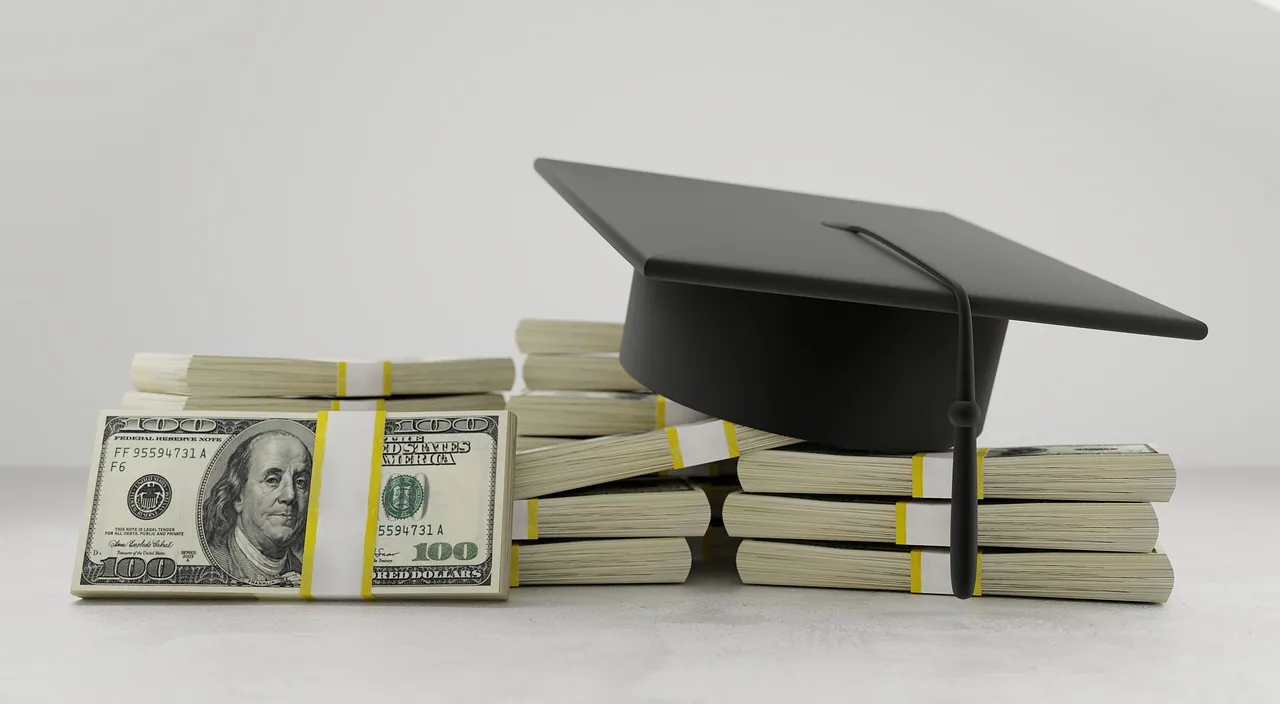Understanding the Application Process for Student Loan Relief Programs

Introduction to Student Loan Relief Programs
With college tuition on the rise, many graduates find themselves burdened with significant student loan debt. Fortunately, there are various student loan relief programs designed to alleviate some of this financial pressure. Understanding and effectively applying to these programs can significantly impact your financial future.
Types of Student Loan Relief Programs
There are several types of student loan relief programs, each catering to different needs. It’s crucial to identify which program suits your specific circumstances:
- Income-Driven Repayment Plans (IDR): These plans adjust monthly payments based on income and family size, potentially lowering payments to as little as $0 per month.
- Public Service Loan Forgiveness (PSLF): Offers forgiveness of remaining loan balance after 120 qualifying monthly payments while working full-time for a qualifying employer.
- Teacher Loan Forgiveness: Designed for educators who work in low-income schools, offering up to $17,500 in forgiveness on Direct Subsidized and Unsubsidized Loans.
- Closed School Discharge: Applicable if your school closes while you’re enrolled or soon after you withdraw.
Eligibility Criteria
Eligibility varies by program, but generally includes factors like employment type, loan type, repayment status, and more. For instance, PSLF requires that you work full-time for a government or non-profit organization and make 120 qualifying payments. Teacher Loan Forgiveness mandates teaching full-time for five consecutive years in a low-income school.
Common Requirements
While each program has its unique criteria, common requirements include:
- Your loans must be federal; most relief programs do not cover private loans.
- You must have made qualifying payments under a qualifying repayment plan.
- Your employment should meet specific qualifications depending on the program.
Step-by-Step Guidance on Application
Step 1: Gather Necessary Documents
Before applying, collect essential documents such as your most recent tax returns, pay stubs, employment certification forms, and loan statements. These will provide the information required for accurately filling out applications.
Step 2: Complete the Relevant Application Form
Each relief program has a specific application process. For example, the PSLF requires submitting an Employment Certification Form annually or whenever you change employers. Income-Driven Repayment Plans require completing the Income-Driven Repayment Plan Request.
Step 3: Submit Your Application
Once you’ve completed the necessary forms, submit them according to instructions provided—usually online through the Federal Student Aid website or via mail. Ensure all documents are attached as required.
Step 4: Follow Up on Your Application
After submission, follow up with your loan servicer to confirm receipt and inquire about processing timelines. Keep copies of all communications for your records.
Maximizing Benefits from Loan Relief Programs
Maintain Accurate Records
Keep detailed records of your payment history, correspondence with loan servicers, and employment certifications. This documentation is crucial if any issues arise or if you need to verify your eligibility later.
Utilize Automatic Payments
Setting up automatic payments can help avoid missing payments, which is essential for maintaining eligibility for programs like PSLF that require consecutive qualifying payments.
Stay Informed About Program Changes
The terms and conditions of student loan relief programs can change due to new legislation or policy updates. Stay informed by visiting official websites such as studentaid.gov and subscribe to updates from your loan servicer.
Case Study: Successfully Navigating the PSLF Program
Consider Jane, a social worker employed by a non-profit organization. With $50,000 in federal student loans, Jane explored PSLF as a viable option. She meticulously submitted annual Employment Certification Forms, maintained accurate records, and set up automatic payments through an Income-Driven Repayment Plan. After 10 years of qualifying payments, her remaining balance was forgiven, saving her thousands of dollars.
Potential Challenges and How to Overcome Them
Navigating Complex Eligibility Requirements
The complexity of eligibility requirements can be daunting. To overcome this, consult resources such as financial aid advisors or consider hiring a student loan consultant for personalized guidance.
Dealing with Loan Servicer Errors
Mistakes by loan servicers can delay or disrupt the relief process. If discrepancies occur, promptly address them by contacting your servicer’s customer service and documenting all interactions.
Conclusion: Taking Control of Your Student Loans
Effectively managing student loan debt through relief programs requires understanding your options, carefully following application steps, and maintaining thorough documentation. By doing so, you can potentially reduce financial stress and achieve greater financial stability post-graduation.